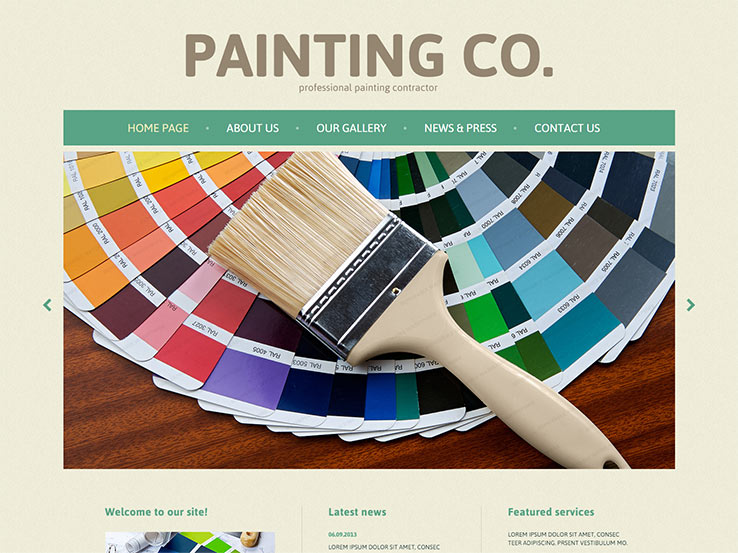Essential Seasonal Aspects Of Commercial Exterior Painting: What You Ought To Comprehend
Essential Seasonal Aspects Of Commercial Exterior Painting: What You Ought To Comprehend
Blog Article
Published By-Aguilar Urquhart
When you're preparing a commercial exterior paint task, seasonal factors can make or damage your results. You'll intend to consider how temperature and moisture impact paint application and drying times. Choosing the best period can guarantee your paint adheres properly and lasts longer. However which seasons are genuinely the very best for this sort of job? Let's explore the key elements that can impact your project's success.
The Influence of Temperature on Paint Application
When you're intending an industrial external paint project, the temperature level can dramatically impact how well the paint adheres and dries.
Ideally, you want to repaint when temperatures range in between 50 ° F and 85 ° F. If it's as well cool, the paint might not heal properly, leading to problems like peeling off or cracking.
On the other hand, if it's as well warm, the paint can dry also quickly, preventing proper adhesion and resulting in an irregular coating.
You should likewise consider the time of day; morning or late afternoon uses cooler temperature levels, which can be a lot more desirable.
Constantly check the manufacturer's referrals for the details paint you're utilizing, as they often give assistance on the ideal temperature range for optimal results.
Humidity and Its Effect on Drying Times
Temperature level isn't the only ecological variable that influences your commercial outside painting job; humidity plays a considerable duty as well. High humidity degrees can decrease drying times considerably, influencing the total top quality of your paint job.
When the air is saturated with dampness, the paint takes longer to treat, which can bring about concerns like inadequate adhesion and a higher risk of mildew development. If you're painting on an especially moist day, be planned for extended wait times in between layers.
click the up coming article to keep an eye on local climate condition and strategy accordingly. Preferably, go for https://www.oklahoman.com/story/entertainment/2023/04/19/okc-oklahoma-city-bombing-memorial-baltimore-artist-cynthia-daignault-painting-art-finds-home/70103992007/ between 40% and 70% for optimum drying.
Maintaining these factors in mind guarantees your task remains on track and provides an enduring surface.
Best Seasons for Commercial Exterior Paint Projects
What's the most effective season for your commercial exterior paint tasks?
Springtime and very early fall are generally your best bets. Throughout https://milonxhpy.blogunteer.com/33321962/create-a-stunning-home-ambience-the-transformative-power-of-house-paint , temperatures are light, and moisture degrees are commonly lower, creating perfect conditions for paint application and drying out.
Prevent summertime's intense heat, which can create paint to dry also quickly, leading to inadequate attachment and surface. In a similar way, winter's cool temperatures can prevent correct drying and healing, running the risk of the longevity of your paint task.
Go for days with temperature levels between 50 ° F and 85 ° F for optimum outcomes. Remember to examine the regional weather forecast for rainfall, as damp conditions can ruin your task.
Planning around these factors ensures your paint project runs smoothly and lasts longer.
Final thought
In conclusion, planning your commercial outside painting tasks around seasonal considerations can make a considerable difference in the end result. By organizing work throughout the suitable temperatures and humidity degrees, you'll ensure much better adhesion and drying out times. Remember to watch on neighborhood weather report and choose the right time of year-- spring and early autumn are your best choices. Taking these steps will certainly help you achieve a sturdy and specialist surface that lasts.
